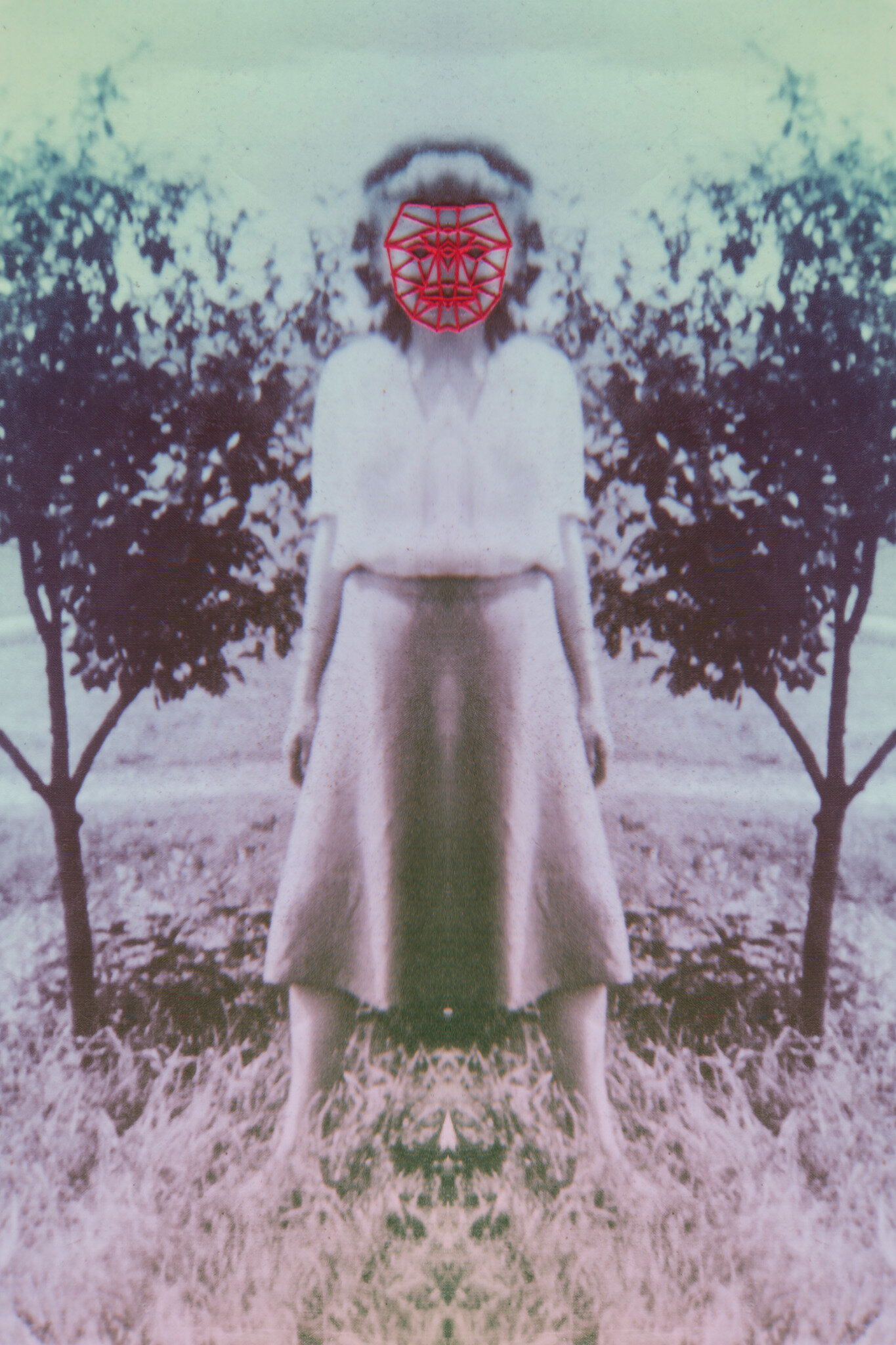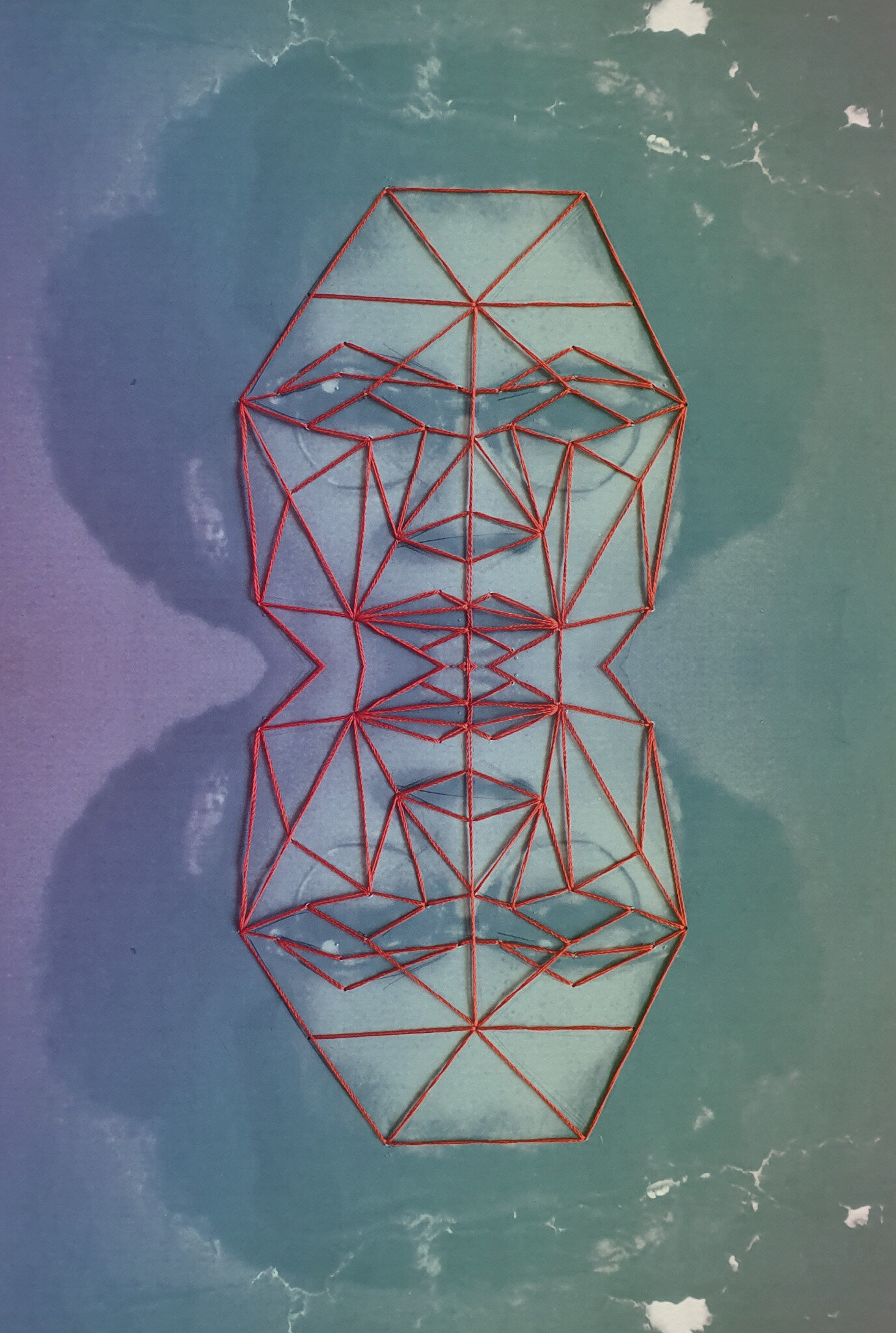Isha Naguiat
MANILA, PHILIPPINES
Email: mftnaguiat@gmail.com
Web: ishanaguiat.com
Ins: @ishanaguiat
Mila Bubliy
KASSEL, GERMANY
Email: bubliymila@gmail.com
Web: milabubliy.com
Ins: @milabubliy
ONLINE RESIDENCY / CHALLENGE PAPER ASSIGNMENT
Technology has become one of the blessings and curses of modern society. While especially now during the Corona crisis digital tools slowly replace physical interaction, the dangers of a dual life and maybe even a traceless fully virtual one cannot be neglected. With our study on digital humanity in the context of our project INTERSECTION, we aim to explore this janus- faced relationship and focus on what isolation and digital freedom do to identity and a feeling of self.

GALLERY ONE
STATEMENT
Our joint work is an attempt to answer few of the big questions of life. What is the self? Is there something eternal? How do we deal with losing touch with nature? And what does the accelerating power of digitization and virtualization mean for the human experience? We started our collaboration exploring aging as a dependent variable and amassed a collection of old b/w photos of individuals, couples and entire families with different cultural background. During the time these photos were taking facial recognition appeared to be a dystopian sci-fi fantasy. Nowadays it is quotidian – starting from unlocking our phone to safety controls at borders. A unique face can be translated into a repeatable pattern, rendering it into a digital mask. This data shield makes the person behind it invisible – relevant facial features get lost in a labyrinth of straight lines.
GALLERY TWo
STATMENT
The digital world allows for a new identity. Be whoever you want to be. The opportunities are limitless. The idea of self-love becomes obsolete – you can be better. This development can be observed especially in Social Media where individuals tend to portray only the positive aspects of their lives – extremifying the duality in their existence. The digital world becomes playground for a second life, leading to a figurative breaking of the self. Given we both are avid fans of David Lynch’s Twin Peaks, the idea of twins, duplication and its dark side caught our interest. Duplication can go wrong. The result are false information, a defaced mirror image. Our manipulation in some of the pictures is only observable at second glance: for example the picture of the three women suddenly replaced one woman by a duplication of the other yet maintaining the original head count. Further, we worked around the idea of perfection using mirroring “the best side”. Our goal is to achieve a feeling of unease showing a accelerating loss of human features and form.
GALLERY THREE
STATMENT
The biggest danger of digitization is a loss of humanity. Virtual freedom becomes lawlessness. Optimization becomes destruction. Human features get distorted. The beautiful individuals we came to know are lost. Ironically, the data mask is the only thing that leaves a trace – a literal red thread in a ever-changing environment. Is that eternity ?
















